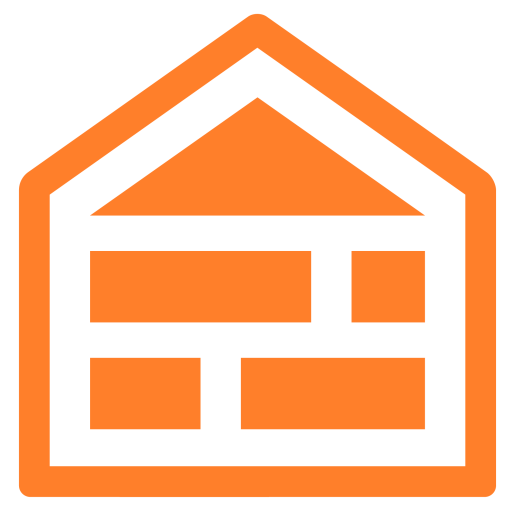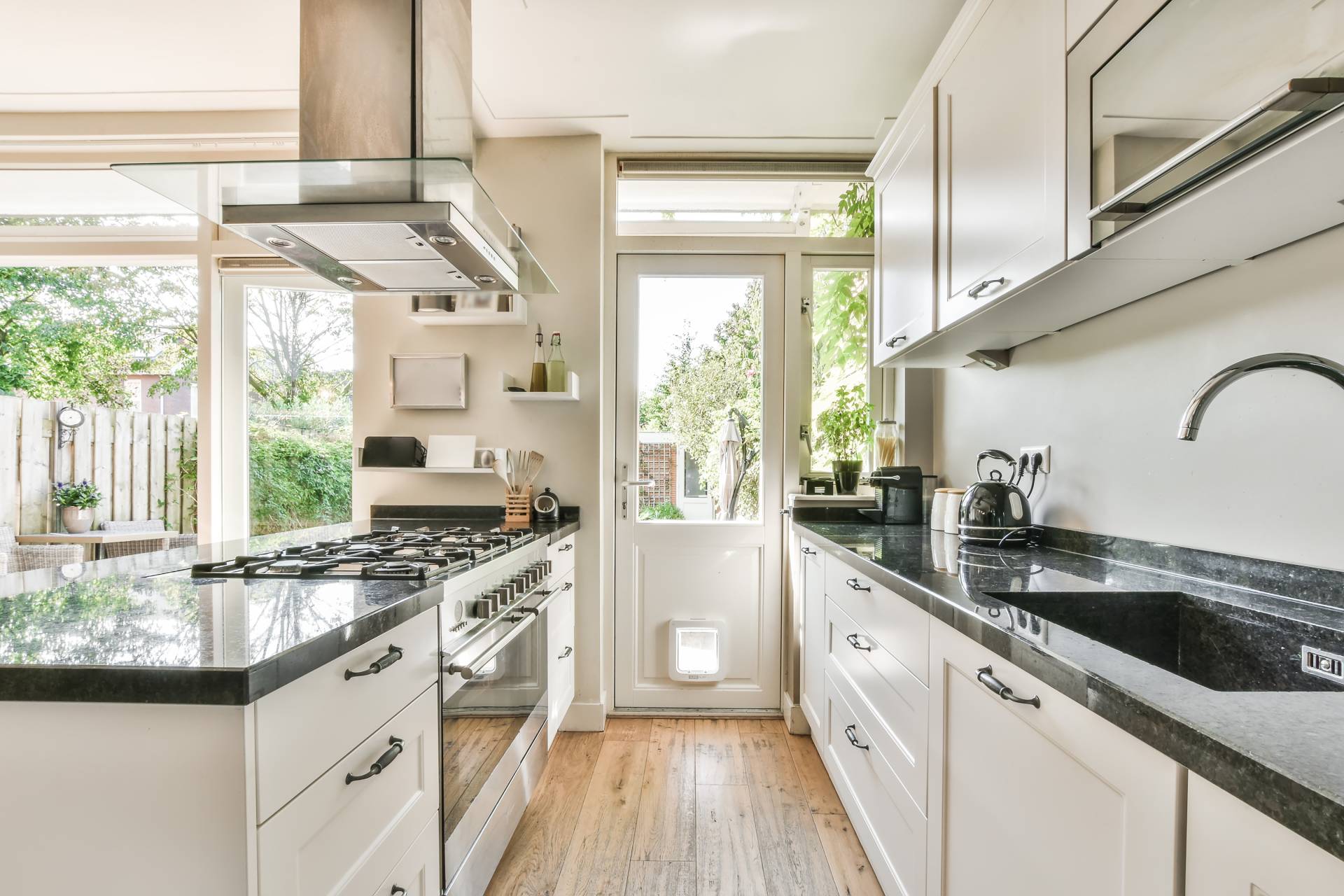With so many different types of paint brushes available, how do you choose the right one for your project? After reading this Blog on Paint Brushes, you’ll be sure to understand the ins and outs of Paint brush selection!
In today’s day and age, where there is information overload, it can get difficult to pick something as basic as a Paint Brush, but, as this painter has realized, you can see a huge difference in painting quality and output simply by the choice of paint brush chosen. It might like seem overkill, just a silly paint brush, “what does it really matter what I choose?” But you will find that there is a difference.
So, let’s get to it… and don’t worry, its less complicated than you think, certainly it’s doable!
Here’s how to narrow down the different types of paint brushes and pick the right brush for your home renovation project.
Match the bristle type to your expected finish.
Most people choose a paint brush simply based on cost, however one of the most important considerations in terms of paint brush selection is to match the brush according to your finish. Paint brushes are available in synthetic bristles or natural bristles made from different media, but typically from animal hair. If you’re using paint or varnish that are cleaned up with water, then choose a brush with synthetic bristles. If you’re applying oil-based varnish or paint, a natural-bristle (Black China, Ox-hair Blend) brush may be a better choice. You can use synthetic-bristle brushes for oil-based paint, but in most cases, natural bristles will provide a smoother finish. Be sure to avoid using a natural bristle brush to apply water-based finishes. The bristles will soak up moisture and become too soft.
We find more and more homeowners are choosing to paint the popcorn material on their ceiling. In terms of painting the popcorn ceiling, use a synthetic brush when the ceiling is not painted yet, however, use a natural bristled brush if already painted. I will explain in another blog the differences in paint and brushes when painting ceilings.
Synthetic brushes are available with nylon, nylon/polyester blends, or Chinex bristles. We recommend choosing either a nylon/polyester blend or, if you’re willing to spend more money, a Chinex- bristle brush. A nylon/polyester blend provides a good compromise between softness, for a smooth finish, and stiffness, for better control. Chinex bristles are designed for optimal performance and easy cleanup, however the costs for the brush are higher. Some painters use their brushes as throwaways, so keep that in mind when purchasing your paint brush.
If you’re buying a natural-bristle brush, you’ll also have a choice of bristle types. We won’t get into the different natural bristles available. But in general, spending more will provide you with a better quality brush. For varnishing, our choice has generally been to choose a Wosster Brush to give the best results.
Choose the right size for your project.
Brushes come in many sizes, from detailed brushes all the way to large brushes for volume coating. Generally, the greater the detail, the smaller the brush. There is a certain level of logic that comes into play, but here are some general guidelines. If you’re painting or varnishing woodwork, choose a small brush for more precise control. A 1-1/2-inch-wide brush is ideal for most woodwork jobs. But, if you’re painting trim that’s wider than 3-inches, a little wider brush, up to 2-1/2-inches, would be a better choice. Suppose you’re painting walls, then get used to using a paintbrush specified for cutting in. Pros sometimes use 3- or 4-inch-wide brushes for this, but we think a 2-1/2-inch-wide brush is ideal for most DIYers. I find that a 2 ½ inch brush is best for control, speed and ease of wear on your wrists. Keep that in mind when picking your brush.
The only time you should consider a brush wider than 3 inches is if you’re painting wide siding, fencing, paneling or other wide, flat surfaces. From my experience, don’t use the 3 inch unless you have to, because even though it absorbs more paint, the extra weight on that additional material can really tire your wrist out.
Choose the right shape.
Since we’ve now gotten to the point where you have the bristle type decided, meaning your choosing either a synthetic- or natural-bristle brush, and you’ve chosen the best width for your project, you only have a few more decisions to make. You’ll notice that some brushes have bristles that are cut at an angle and some have square ends. If you’re planning to use the brush either to paint trim or cut in before rolling walls, then we recommend choosing a brush with an angled tip. The angled tip makes it easier to control the paint for a more accurate job. Choose a square-tipped brush if you’re painting wide, flat surfaces, staining, going flat against surfaces. However, the angled tip is best as it serves both purposes, both for cutting in and for wide and flat surfaces. Try it and see!
Spend a little more for a high-quality paint brush.
We know it’s tempting to buy an inexpensive brush and then throw it out rather than bothering to clean it. This does make sense if you’re doing something like spot priming with alcohol or oil-based stain sealer where the quality of the finish isn’t important and cleaning would require the use of a solvent. We don’t agree with this, and see the brush as an investment.
But, for most projects you’ll be glad you spent extra on a high-quality paint brush. Better brushes hold more paint, provide smoother results, last longer, and can be easier to clean. Cost is the simplest indicator of quality. Expect to spend between $10 and $20 for a top-quality brush.
Heed my advice! Go to the professional paint store, the extra $10 spent will greatly pay you dividends in saved time, paint and in the end quality!
Start your brush collection.
Eventually, you’ll want a collection of brushes so you’ll have just the right brush for any circumstance. But if you’re just starting out, and want an all around brush that will work for painting trim or cutting in a room, we recommend a 2-1/2-inch-wide, angled brush. This size brush holds a good amount of paint, and yet is small enough for precise control. If you’re a complete novice and need to develop brushing skills, then start with a 2-1/2-inch-wide brush as you will quickly develop wrist strength and control that you can easily extend to a wider brush or become more precise with a less wide brush.
Your Brush in an investment.
Remember, that there are no shortcuts and even with a brush you will see much better results with simply investing in a good quality brush. Make sure to treat your brush as an investment…. Clean it after every use, use a wire brush cleaner, store it in a dry place when not in use. Finally, your brush is an extension of your hand, try to develop precision, consistency and long even lines, you can do it! Enjoy your brush collection.




